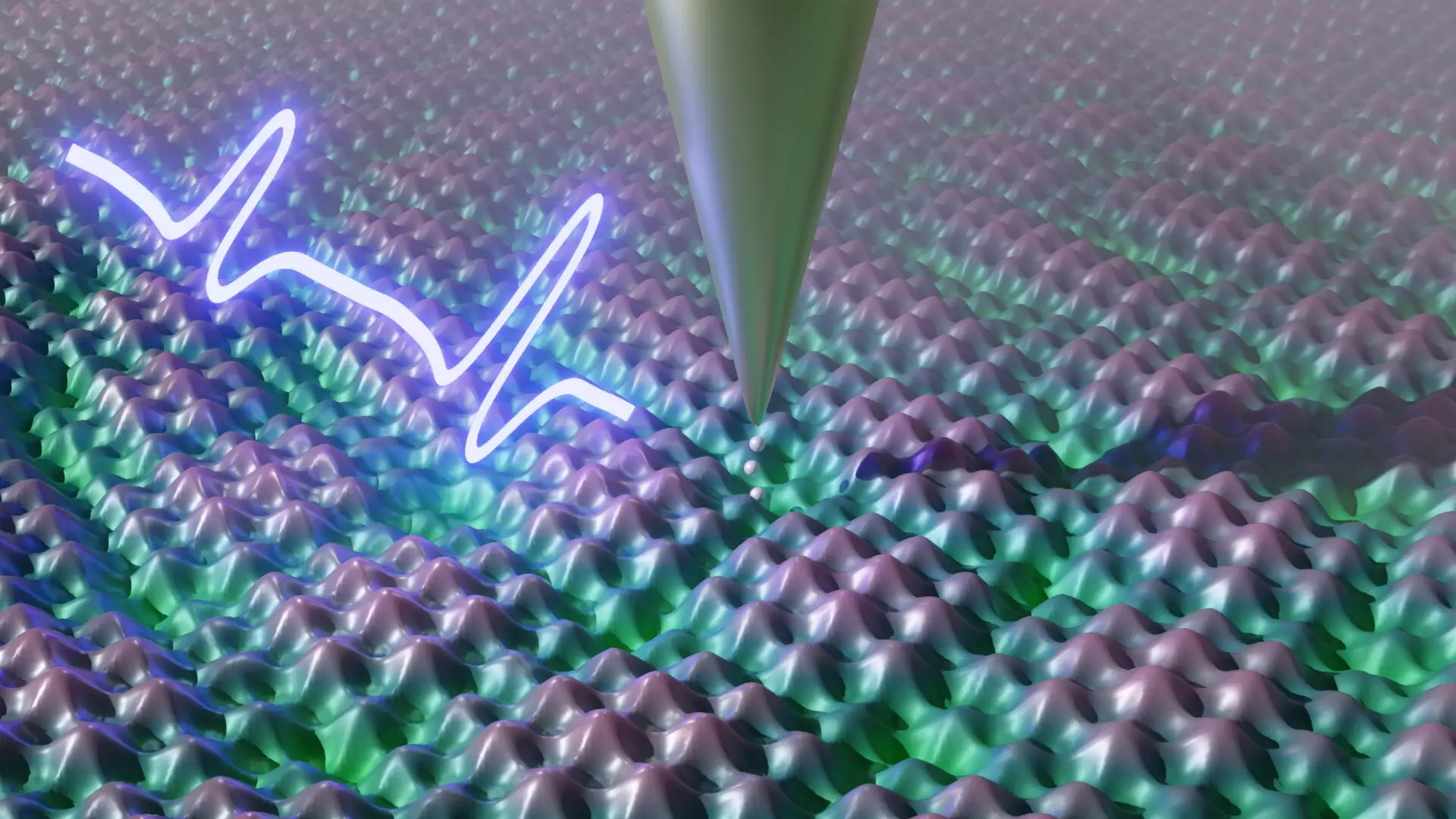In a groundbreaking development at the University of Stuttgart, physicists led by Prof. Sebastian Loth have made significant strides in the field of quantum microscopy. This innovative technology now allows them to observe the movement of electrons at the atomic level with unprecedented precision. The implications of this advancement are monumental, as it opens up new possibilities for the targeted development of materials.
The ability to visualize the movement of electrons in solids has long been a challenge for scientists. With the quantum microscopy method developed by Prof. Loth and his team, they are now able to explore questions that have remained unanswered since the 1980s. By studying the behavior of electrons at the atomic scale, researchers can gain valuable insights into the fundamental workings of materials.
The findings from Prof. Loth’s group are not only significant from a scientific standpoint but also hold practical implications for material development. Traditional materials such as metals, insulators, and semiconductors exhibit predictable macroscopic properties when modified at the atomic level. However, more advanced materials created in the laboratory can exhibit new behaviors with minimal atomic changes. Understanding these changes is crucial for the development of next-generation materials.
One of the key features of the quantum microscopy method is its ability to capture rapid changes in materials. Some materials can transition from insulators to superconductors in picoseconds, highlighting the dynamic nature of electron movement. By observing these changes in real-time, scientists can gain a deeper understanding of the underlying mechanisms that govern material behavior.
The quantum microscopy setup developed by Prof. Loth and his team combines a scanning tunneling microscope with an ultrafast spectroscopy method. This allows for both high spatial and temporal resolution, a feat that was previously unattainable with existing techniques. To achieve accurate measurements, the laboratory environment must be carefully controlled to minimize interference from external factors such as vibrations, noise, and temperature fluctuations.
The implications of quantum microscopy extend far beyond fundamental research. The ability to design materials at the atomic level opens up new possibilities for the development of ultra-fast switching materials in sensors and electronic components. By understanding how impurities affect material properties, researchers can tailor materials to exhibit specific behaviors, leading to innovative technological applications.
The development of quantum microscopy at the University of Stuttgart represents a significant advancement in the field of materials science. Prof. Loth and his team have paved the way for a new era of exploration into the world of quantum phenomena. By combining high spatial and temporal resolution, this innovative technology has the potential to revolutionize our understanding of materials and pave the way for future technological advancements.


Leave a Reply